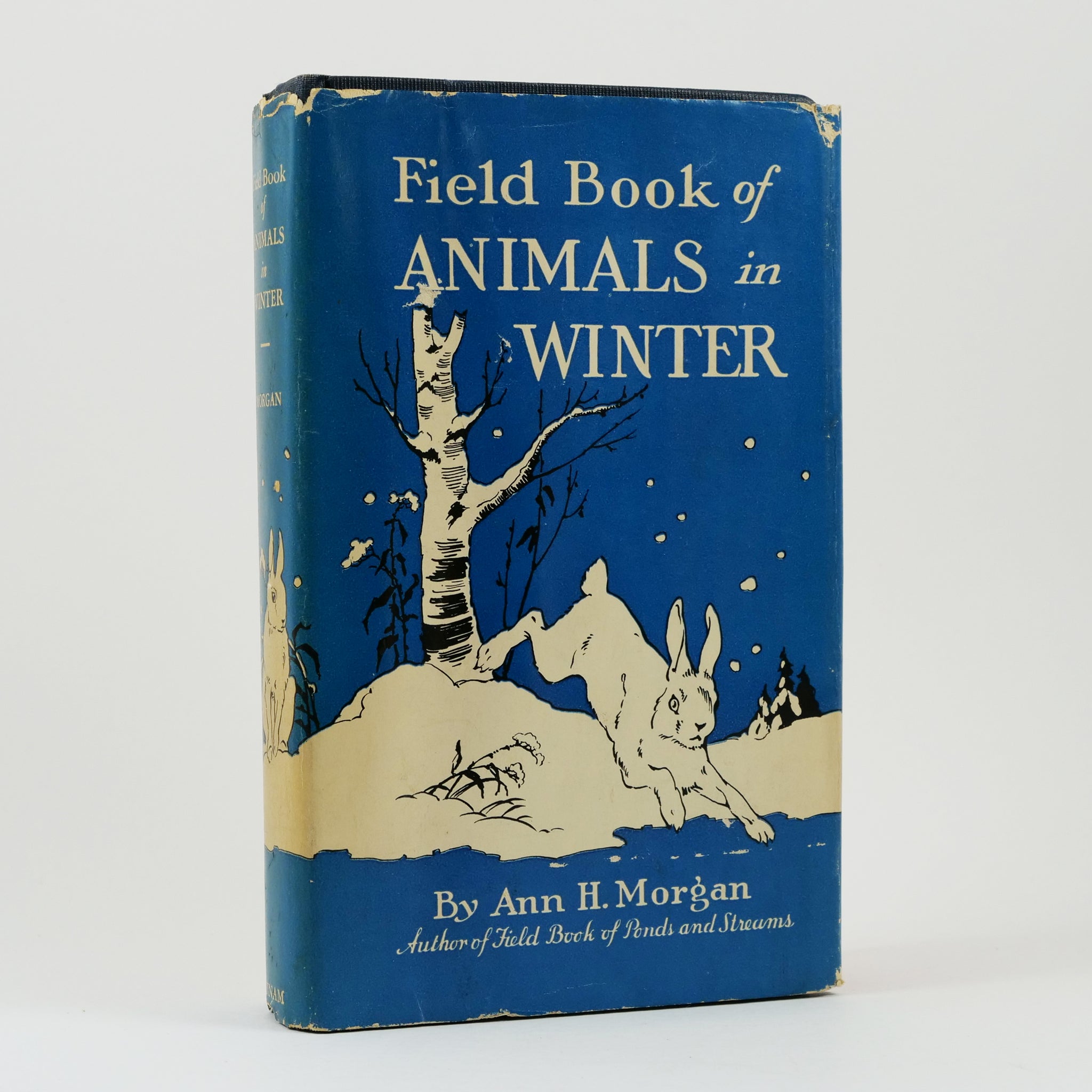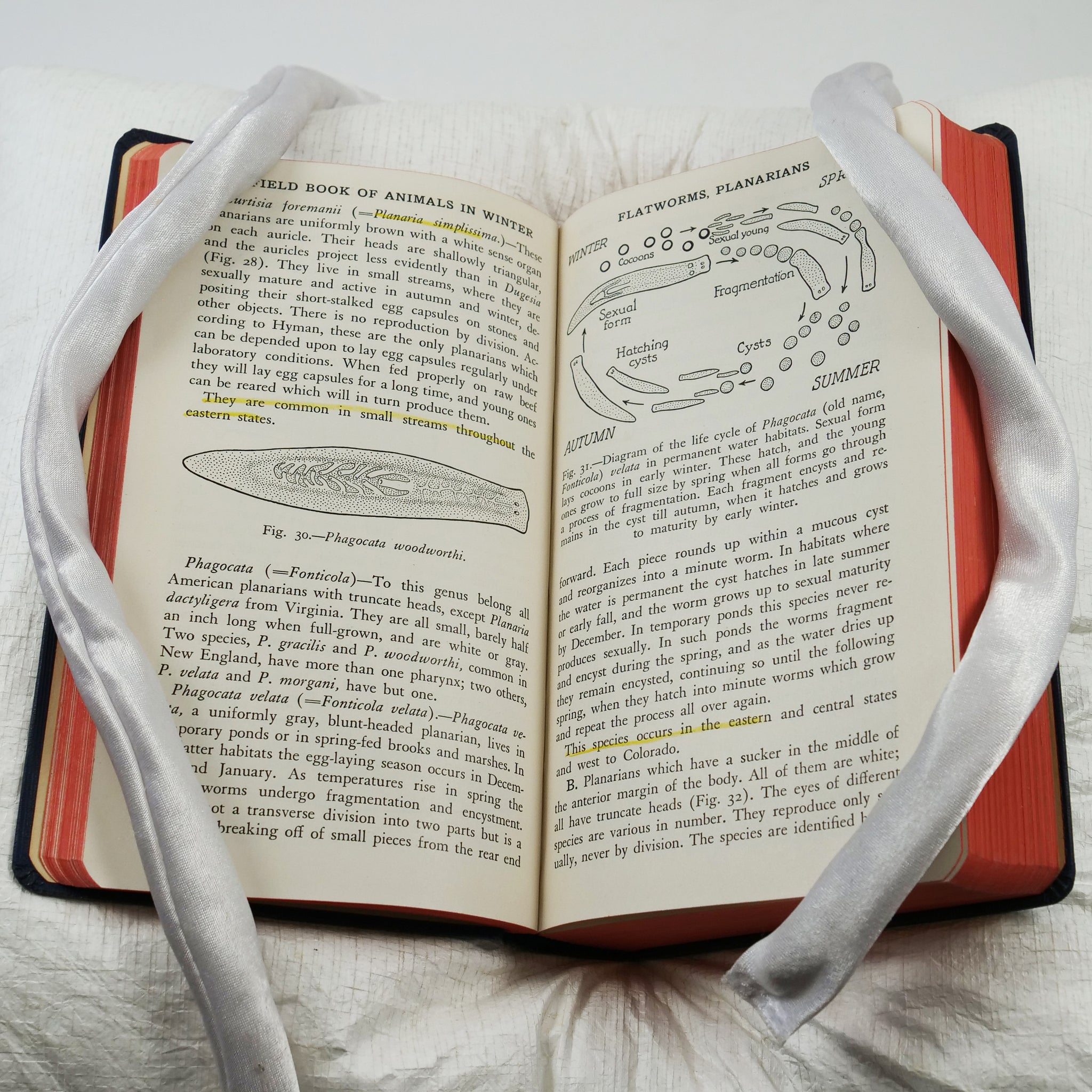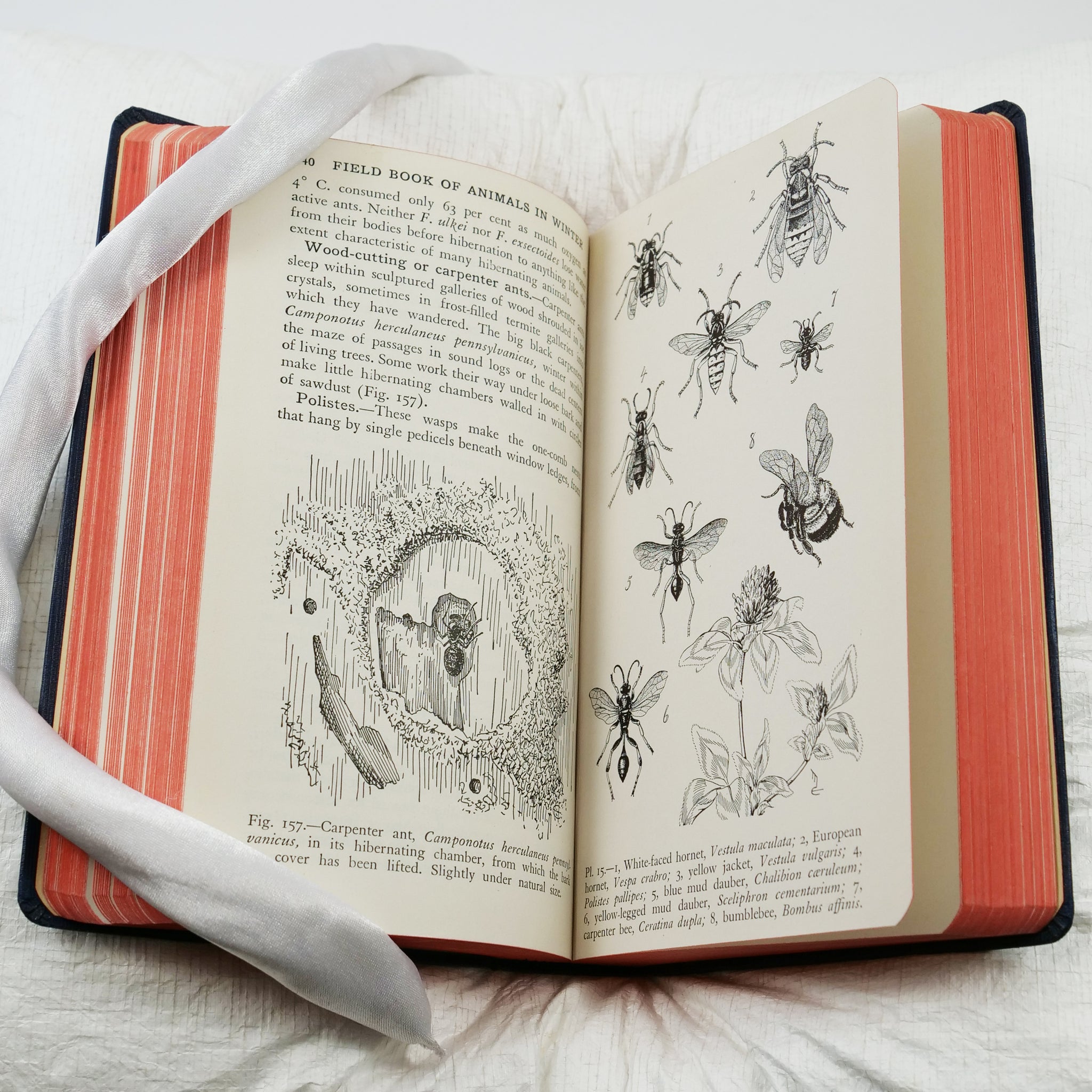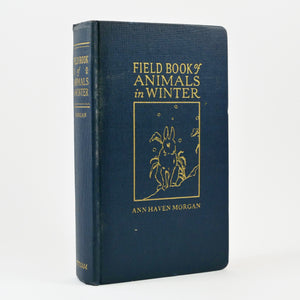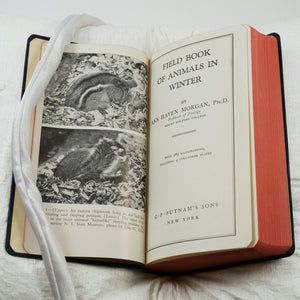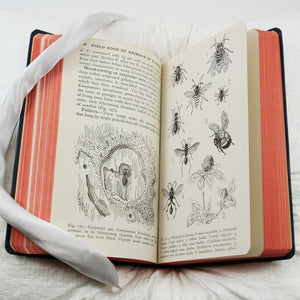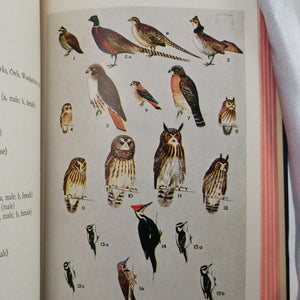Morgan, Ann Haven | Field Book of Animals in Winter
£150.00
-
First edition, first printing and a lovely copy in the dust jacket. The Field Book of Animals in Winter is much less common than Morgan’s book on ponds and streams, and is rarely found in such nice condition.
As a child, Ann Haven Morgan (1882-1966) developed a love of nature by exploring the areas around her home in Connecticut. She earned her bachelor’s degree and doctorate at Cornell, the latter under James G. Needham at the Limnological Laboratory.
Returning to Cornell, “she advanced steadily up the academic ladder, becoming a full professor in 1918. During the summer she conducted research and taught courses on echinoderms at the Marine Biological Laboratory, Woods Hole... Although limnology (the study of inland waters) was her special subject – on which she wrote a useful book, Field Book of Ponds and Streams (1930) – Morgan was also interested in many other facets of zoology, particularly hibernating animals. Her Field Book of Animals in Winter (1939) reflected this interest. In 1949 the Encyclopaedia Britannica made it into an educational film” (Ogilvie, Biographical Dictionary of Women in Science p. 913).
Among her other scientific interests were conservation and ecology and educational reform. Morgan was a member of numerous professional societies, including the American Entomological Society, American Society of Naturalists, American Society of Zoologists, and the New York Herpetological Society. She was prominent enough to be one of only three women included in the 1933 edition of American Men of Science. -
...With 283 Illustrations, Including 4 Full-Colour Plates. New York: G. P. Putnam’s Sons, 1939.
Octavo. Original blue cloth, titles to spine gilt, all edges dyed red. With the dust jacket. Photographic frontispiece and 14 plates of which 11 are double-sided, including 2 double-sided colour illustrations. Numerous illustrations within the text. Yellow pencil sometimes used to highlight passages, primarily in the early chapters. A few tiny bumps at the edges of the cloth. An excellent, fresh copy in a very attractive example of the dust jacket that is lightly rubbed with some small nicks and chips, a little creasing at the edges, and mild toning of the spine panel.

